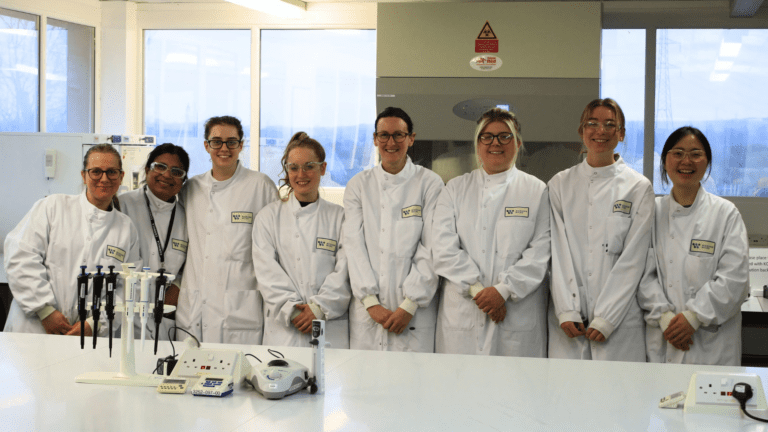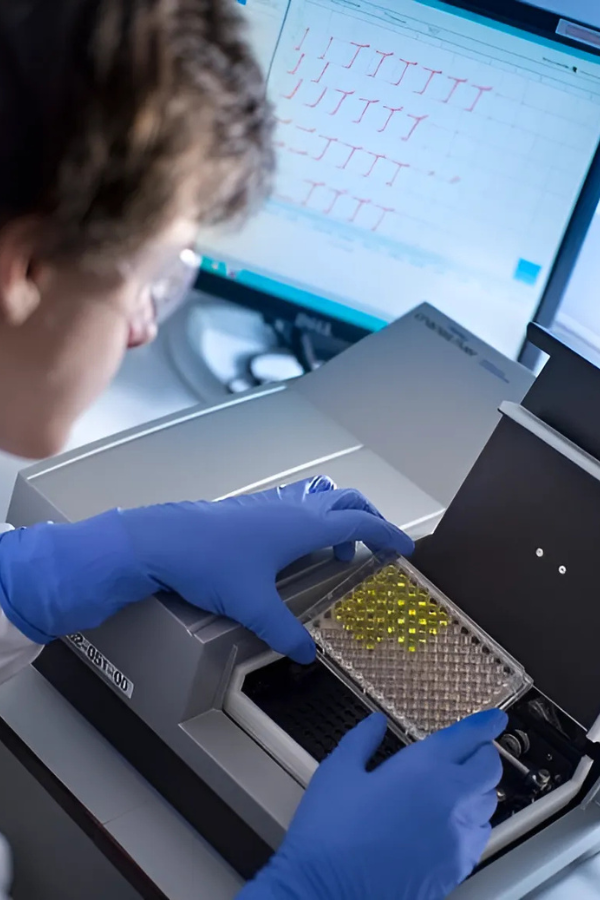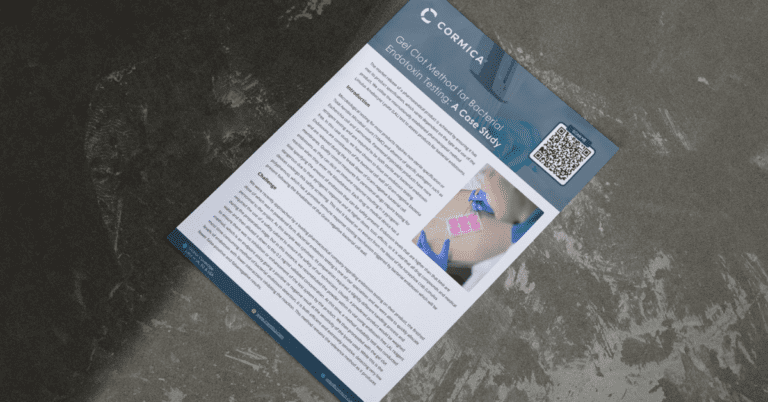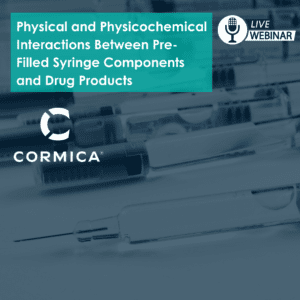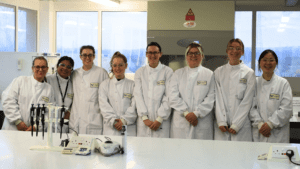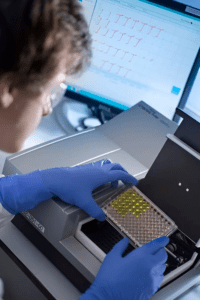Bacterial Endotoxin Testing
Home » Services » Microbiology Testing » Bacterial Endotoxin Testing
Comprehensive Bacterial Endotoxin Testing
Limulus Amebocyte Lysate (LAL) testing, or bacterial endotoxin testing, is an established pharmacopeial method (Ph. Eur, USP <85>and JP) used to detect or quantify endotoxins from gram-negative bacteria.
It is detected using an extract of blood from the horseshoe crab (Limulus polyphemus) which has a primitive immune response clotting mechanism triggered by bacterial endotoxin present in the gram-negative bacterial cell wall. It is used for the screening of parenteral medicines, irrigation fluids, dialysis solutions, and purified water. It is also used to assess the safety of medical devices designed to come into direct or indirect contact with blood and body tissues by testing for endotoxins via an extraction process used to flush material off the article ready for combining with LAL reagent.
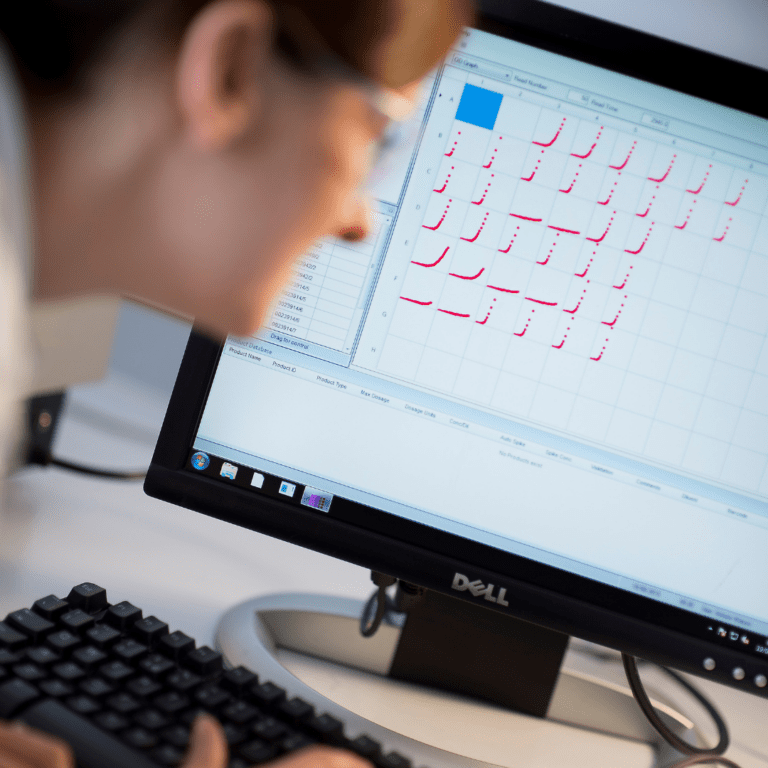
The bacterial endotoxin testing has replaced the majority of rabbit in vivo pyrogen testing as lysate is both efficient and extremely sensitive, detecting very low levels of endotoxin.
Endotoxins will produce a pyrogenic response and their presence is most likely the result of bacterial contamination at some point in the manufacturing process. These contaminants need not be viable; fragments of bacterial cell wall will give a febrile response.
Cormica offer three standard methods for Bacterial Endotoxin Testing:
Kinetic turbidimetric method
- A photometric assay based on the development of turbidity as a gel clot is formed which is measured over time as there is an increase in optical density
- Sensitivity of 0.005 EU/mL
- Quantitative method
- Similar to the chromogenic method
Kinetic chromogenic method
- A colorimetric technique based on the development of yellow colour after cleavage of synthetic peptide-p-nitroaniline complex (PNA).
- Same sensitivity at 0.005 EU/mL
- Rate of development of colour from lysate is a measured from the amount of endotoxin in a sample
- Dilution enables the testing of products which may otherwise interfere with the system
Gel clot method
- A semi-quantitative method
- Based on a gel clot formation
- Will give a greater or less than value from the known lysate sensitivity. However, you are not able to get an absolute result
- Dilutions are tested with lysate and the endpoints used to calculate endotoxin level.
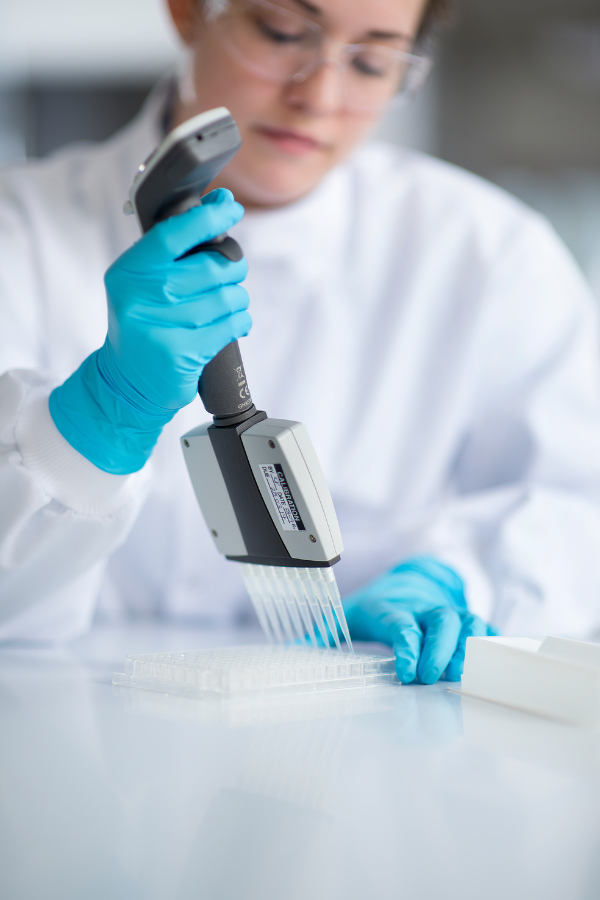
Bacterial Endotoxin Testing FAQ's
What are β-Glucans?
β-glucans are polysaccharide compounds found in the cell walls of plants, bacteria, and fungi. In the manufacturing process, a common source of β-Glucan contamination are cellulose filters. In endotoxin testing, the LAL reaction has two pathways; Factor C and Factor G activation. Endotoxin follows the Factor C pathway whereas Glucans follow the Factor G pathway .If β-Glucans are present, a false positive may occur. If a sample contains β-Glucan, a Glucan blocker buffer can be used in testing to block the Factor G pathway while allowing the Factor C pathway to progress.
What is the extraction process for medical devices?
Not more than 10 devices are selected for testing. Devices are immersed or fluid pathway flushed for 1 hour, with endotoxin free water that has been pre-warmed to 37±1°C. Depyrogentaed glassware is used as the container.
How is the endotoxin limit determined for medical devices?
As per USP <161>, The endotoxin limit for medical device is 20 EU/device or 2.15 EU/device ( for cerebrospinal contact). For devices of intraocular contact, a lower endotoxin limit may apply.

